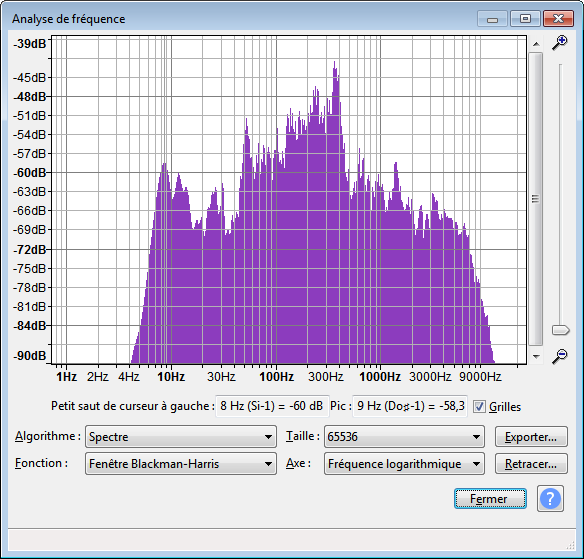What would be a good approach to sculpt a noise with this shape:
I’m pretty new to Filters and Synthesis approaches.
So I started with subtractive synthesis, but couldn’t manage to have those peaks really marked…
SynthDef(\shhh, {
var out=\out.kr(0), amp=\amp.kr(0.4,0.5);
var center=\center.kr(360,1), atk=\atk.kr(1), rel=\rel.kr(1);
var base, sig;
var freq05, freq025, freq1, freq2, freq4;
freq1=center;
freq05=center/2;
freq025=center/4;
freq2=center*2;
freq4=center*4;
// base=PinkNoise.ar();
base=WhiteNoise.ar();
sig=BPF.ar(base,freq1,2);
sig=MidEQ.ar(sig,freq025,0.1,4);
sig=MidEQ.ar(sig,freq05,0.1,4);
sig=MidEQ.ar(sig,freq1,0.1,4);
sig=MidEQ.ar(sig,freq2,0.1,4);
sig=MidEQ.ar(sig,freq4,0.1,4);
sig=sig*env;
Out.ar(out,Pan2.ar(sig));
}).add;
)
What would be a better approach ?
Rem: I tried Resonz instead of MidEQ, but it produces a really low output.
